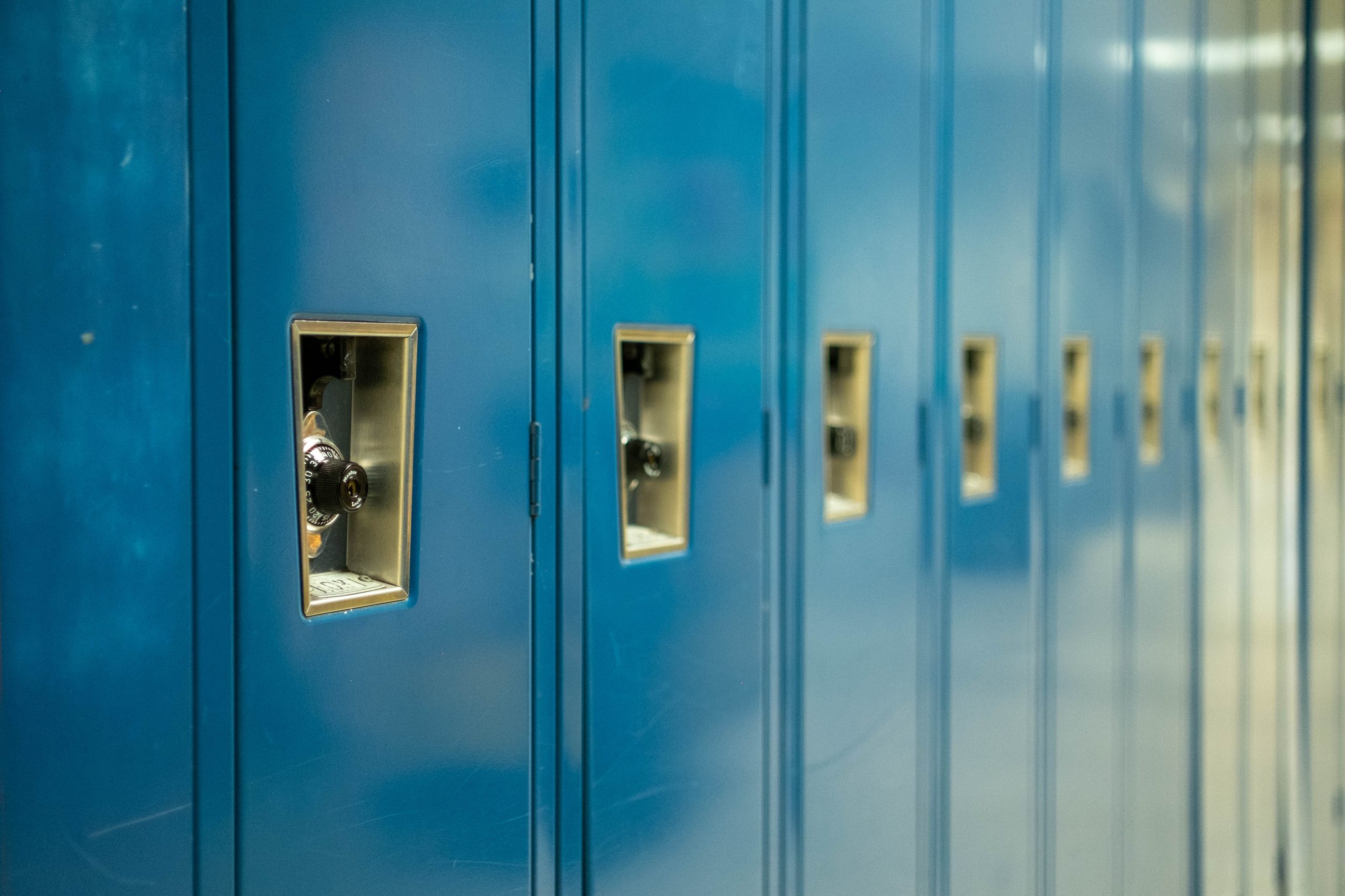
Senator George Borrello, R-Sunset Bay, and Assemblyman Andy Goodell, R-Jamestown, introduced legislation that would restrict access to girl’s sports to only those who are assigned female at birth in public middle and high schools.
The bills (S.6259/A.6124) state that any student from grades 7-12 attempting to join a sport categorized as “women’s” or “girl’s” sports must be able to prove that they were assigned female at birth to be allowed to play. This would be required in public schools and any private schools that compete against them.
The goal of this bill is to honor the distinction between men’s and women’s sports and the reasoning behind it, according to Sen. Borrello. Referencing Title IX’s protections against discrimination, he said women have fought hard for the right to compete for scholarships and other opportunities, and their competitions should not be influenced by those assigned male at birth.
“Any form of discrimination based on an individual’s gender identity or any other trait is reprehensible and something I strongly condemn,” Sen. Borrello said. “My intent in introducing the ‘Fairness in Women’s Sports’ measure was simply to protect women’s school athletic programs from unfair competition.”
He also referenced two studies: “How does hormone transition in transgender women change body composition, muscle strength and hemoglobin?” and “Transwoman Elite Athletes,” which examine the effects of estrogen therapy on the physique in relation to athleticism.
The studies were conducted on a range of people assigned male at birth, with a wide array of discoveries ranging from the effects of undergoing hormone therapy alongside sports (producing an effect similar to doping) to how the hormones fail to change some of the remnants of male puberty, such as skeletal and brain structure.
The study, which was performed largely on participants over 18, or otherwise post-puberty, found that there were significant changes in the ways people assigned male at birth interacted with sports, but not to a significant enough degree.
The results of the participants were far below that of the male athletic standard with hormone therapy interfering, changing, and lessening the effects of muscle, fat, and lung capacity. However, on average the participants still scored higher than the women’s athletic standard for the first three years of therapy.
This bill comes as part of a larger push from GOP lawmakers across the U.S., with many states having moved to pass similar bills, notably Florida, Tennessee and West Virginia. Meanwhile Arkansas, Minnesota and Mississippi have passed bills banning transgender athletes that reach as far as state funded colleges.
Conversely, California has passed a bill that protects trans students’ rights to participate in sports according to the gender they choose, rather than the gender they are assigned.
While the House of Representatives passed a bill on April 20 that would ban transgender athletes from participating in women’s sports at public schools and other federally-funded institutions of learning, President Biden rebuked the bill, stating he would veto it should it pass Congress.
The decision of what to do with transgendered athletes doesn’t rest solely in the hands of the politicians, however. As of April of last year, the NCAA rules that transgender participation in sports is handled on a sport-by-sport basis, with each sports’ governing body deciding the rules on their participation via hormone testing in order to prevent unfair advantages.
In a similar vein, World Athletics — which oversees track and field for the Olympics and other international events — decided in March that transgender women who went through male puberty would no longer be allowed to participate in women’s events.
Currently, New York public schools are allowed to assess whether a transgender student is eligible for joining a team within its own district, case by case.
The bill reside in the Education Committees in both the the Senate and Assembly.









